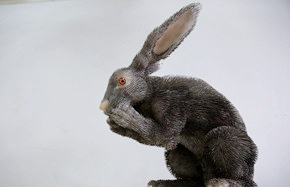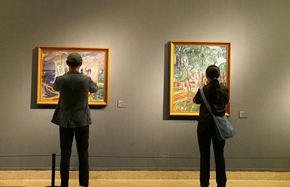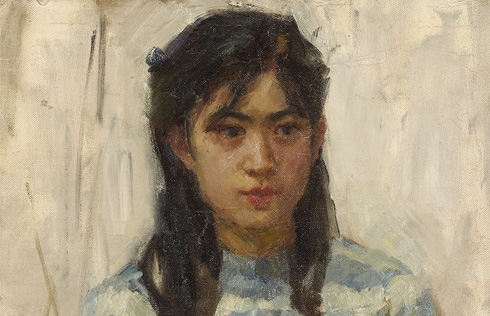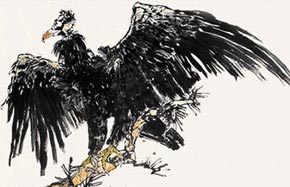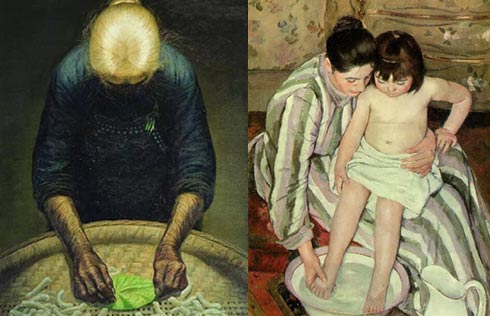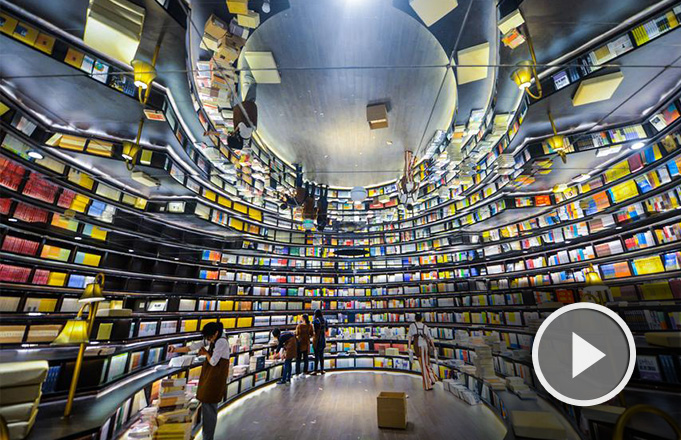Imperial links
 |
|
The ongoing exhibition in the Palace Museum showcases 140 sets of relics including porcelain, enamel pieces, antique clocks, paintings and scientific instruments.[Photo by Jiang Dong/China Daily] |
The exhibition has three sections. The first focuses on Chinese goods such as porcelain ware taken abroad through marine routes on the ancient Silk Road.
"At the time, many noble families in European countries ordered Chinese porcelain items as a symbol of their high social status," Shan says.
An exhibited Portuguese plate with a family emblem in ink illustrates his point.
Several blue and white porcelain pieces from the late Ming Dynasty represent a typical style in China's exported goods at the time.
"On one hand, Chinese ceramics influenced people's eating habits in countries along the ancient Silk Road," Shan says. "On the other, countries like Germany, the Netherlands, and Britain, also mimicked Chinese techniques to produce their own products, and they also brought such items to China as gifts."
The second section shows how Western science and medicine were used in royal Chinese courts. Telescopes and the tellurion unveil Qing emperors' lesser-known hobbies, and they even printed Chinese translations of Western geometry textbooks to study in their spare time.





